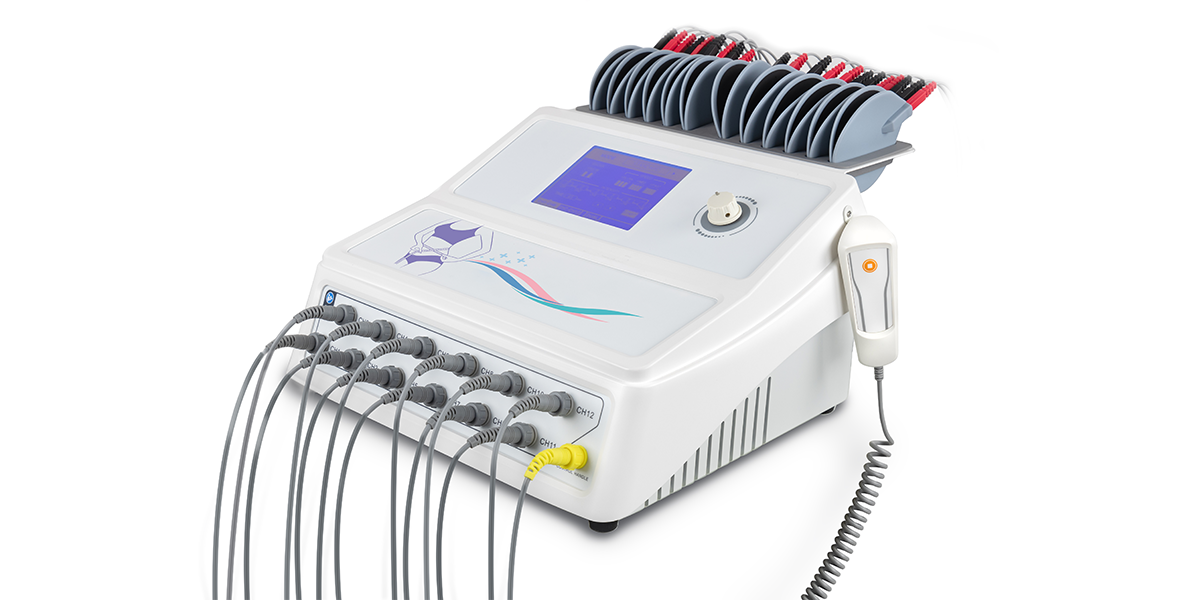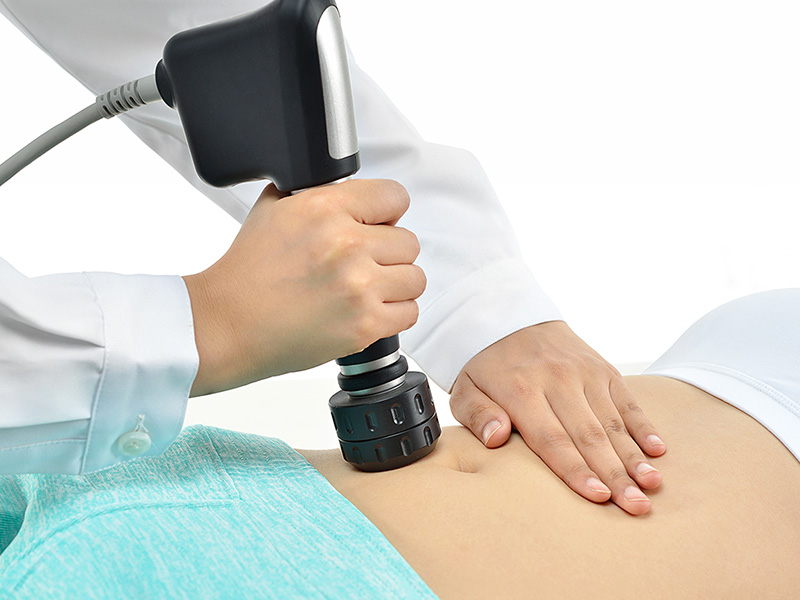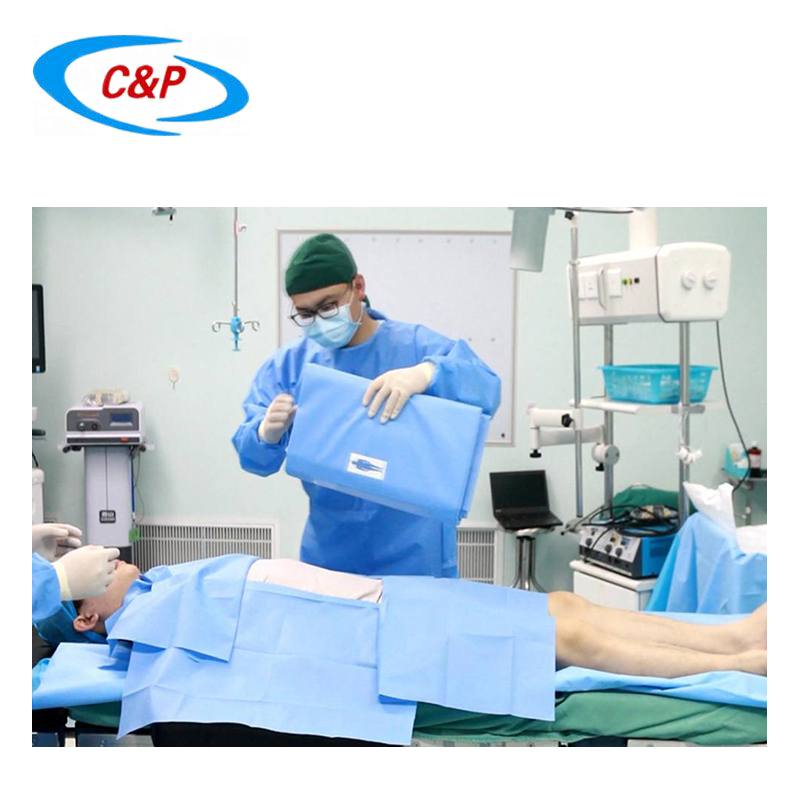Electrical Muscle Stimulation (EMS) is a popular technology that has long been used in medical and rehabilitative settings for muscle strengthening, pain management, and physical therapy. In recent years, the EMS machine has gained significant recognition in the field of medical aesthetics for its potential to enhance cosmetic treatments and improve aesthetic outcomes. This article explores the various applications of EMS in medical aesthetics and examines how this technology is revolutionizing the industry.
Non-Surgical Body Contouring
EMS has emerged as a non-invasive technique for body contouring and muscle toning. This technology stimulates muscle contractions using electrical impulses, helping to improve muscle definition and promote fat reduction. It can be used to target specific areas of the body, such as the abdomen, buttocks, thighs, and arms, providing a non-surgical alternative to traditional liposuction and surgical body sculpting procedures.
Facial Rejuvenation
EMS is increasingly being utilized in facial rejuvenation treatments to improve muscle tone, enhance blood circulation, and promote collagen production. By stimulating the facial muscles, EMS helps to tighten and lift sagging skin, reduce the appearance of wrinkles and fine lines, and improve overall facial contours. This technology can be combined with other aesthetic treatments like dermal fillers and microdermabrasion to achieve optimal results.
Postpartum Recovery
EMS has shown promising results in postpartum recovery by helping women regain muscle strength and tone, especially in the abdominal area. After pregnancy, many women experience diastasis recti, a separation of abdominal muscles, which can be addressed with EMS. By stimulating the weakened muscles, EMS aids in repairing the separation and promoting the restoration of core strength.
Cellulite Reduction
EMS has been utilized as an effective method for reducing the appearance of cellulite. The gentle electrical impulses stimulate circulation, improve lymphatic drainage, and promote collagen synthesis. This helps to break down fat cells, smooth the skin's texture, and reduce the dimpled appearance associated with cellulite.
Rehabilitation and Injury Recovery
In addition to its aesthetic applications, EMS continues to be widely used in medical settings for rehabilitation and post-injury recovery. By targeting specific muscle groups, EMS can help strengthen weakened muscles, restore range of motion, and reduce pain. This therapy is often employed in cases such as muscle atrophy, joint injuries, and sports-related rehabilitation.
The applications of Electrical Muscle Stimulation (EMS) machines in medical aesthetics are revolutionizing the field, offering non-surgical alternatives and enhancing the effectiveness of cosmetic treatments. From body contouring to facial rejuvenation and postpartum recovery, EMS has proven to be a versatile and effective technology. As further research and advancements continue, it is expected that EMS will play an increasingly significant role in medical aesthetics, providing patients with innovative solutions for their aesthetic concerns.
Longest Medical EMS Solution
LGT-2320BE is a 12-channel EMS machine designed for spa centers, weight loss centers, and beauty clinics to help their customers burn calories, tone muscles, and achieve their dream body faster and more safely.
Features
l 12-channels: treat more efficiently, improve productivity
l 9 treatment modes: simplify operation steps and standardize treatment for consistency and comparison
l Reusable electrode pads: save costs and reduce wastes
l Electrode pad rack: better wire management


